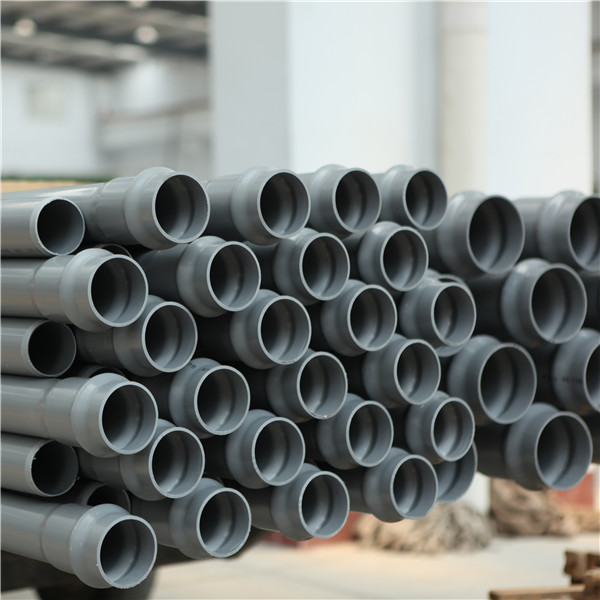ທ.ວ. . 13, 2024 03:47 Back to list
Understanding the Benefits and Applications of CPVC Pipe in Modern Plumbing Solutions
Understanding CPVC Piping Features, Benefits, and Applications
Chlorinated Polyvinyl Chloride (CPVC) piping has emerged as a popular choice for various plumbing and industrial applications. It is a thermoplastic that is known for its durability, resistance to corrosion, and high-temperature tolerance. CPVC is different from regular PVC due to the chlorination process, which enhances its properties and expands its scope of use.
Construction and Characteristics
CPVC is manufactured by the chlorination of PVC resin using a controlled process. This modification allows CPVC to withstand higher temperatures (up to 200°F) compared to regular PVC, which typically handles up to 140°F. The chemical structure of CPVC makes it inherently resistant to heat, chemicals, and impact, making it a long-lasting solution in various applications.
Another important feature of CPVC piping is its smooth interior surface. This not only facilitates better flow rates but also minimizes the chance of sediment build-up, which can decrease the efficiency of water flow over time. Additionally, CPVC pipes are lighter than metal pipes, making installation easier.
Benefits of CPVC Piping
1. Corrosion Resistance One of the standout benefits of CPVC is its resistance to corrosion. Unlike metal pipes, which can rust and degrade over time, CPVC maintains its integrity, ensuring the safe transit of potable water and various chemicals.
2. High-Temperature Tolerance The ability to withstand higher temperatures makes CPVC ideal for hot water applications. It is commonly used in residential hot water systems and commercial applications where heat resistance is crucial.
3. Cost-Effectiveness CPVC piping is often more affordable than metal alternatives. Its lower installation costs, coupled with reduced maintenance requirements, can lead to significant savings in both residential and commercial settings.
cpvc pipe

4. Ease of Installation With its lightweight design and simple connection methods — generally solvent welding — CPVC can be installed quickly and efficiently. This not only reduces labor costs but also minimizes the potential for installation errors.
5. Eco-Friendly CPVC is considered a more environmentally friendly option than many traditional piping materials. It is recyclable and has a lower environmental impact in terms of manufacturing and landfill waste.
Applications of CPVC Piping
CPVC is widely used across various industries. In residential settings, it is a popular choice for hot and cold water plumbing systems, especially in areas with high levels of chlorine in the water supply. Its properties also make it suitable for fire sprinkler systems, where the ability to withstand higher temperatures is essential.
In commercial and industrial applications, CPVC is frequently utilized for transporting aggressive chemicals and corrosive substances. The pharmaceutical, food processing, and chemical manufacturing industries frequently rely on CPVC piping because of its exceptional resistance to chemicals and temperatures.
CPVC is also utilized in the manufacturing of wastewater treatment systems due to its resistance to corrosive materials. Its versatility has made it a go-to material in industries that require safe and effective plumbing solutions.
Conclusion
In conclusion, CPVC piping presents a robust and versatile solution for a wide range of plumbing needs. Its superior properties, including heat resistance, corrosion resistance, and cost-effectiveness, make it an appealing choice for both residential and industrial applications. As construction and manufacturing standards evolve, CPVC continues to stand out as a reliable, efficient, and environmentally friendly choice for modern piping solutions.
-
Premium PVC-M Water Supply Pipe - Durable & Efficient
NewsAug.02,2025
-
Premium PP Welding Rod: GPT-4 Turbo Enhanced
NewsAug.01,2025
-
HDPE Drainage & Irrigation Pipe - Durable, Efficient Solutions
NewsAug.01,2025
-
Premium PVC Transparent Pipe: Durable & Clear Solutions
NewsJul.31,2025
-
High-Quality UPVC Electrical Pipe for Safe Wiring Solutions
NewsJul.30,2025
-
Premium PVC Pipe Fitting Supplier – Durable & Leak-Proof Solutions
NewsJul.30,2025

